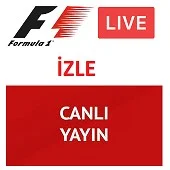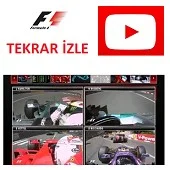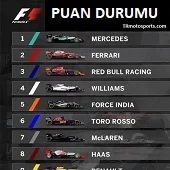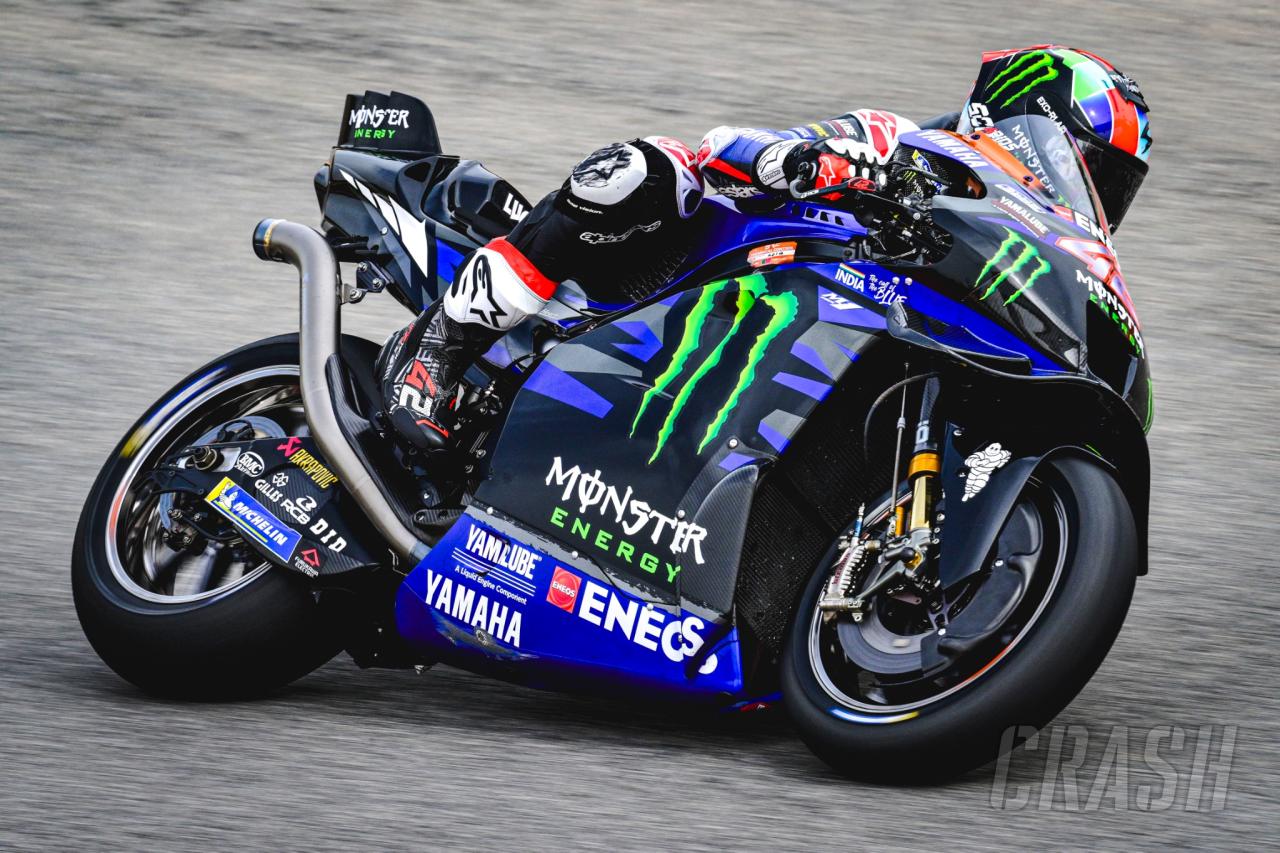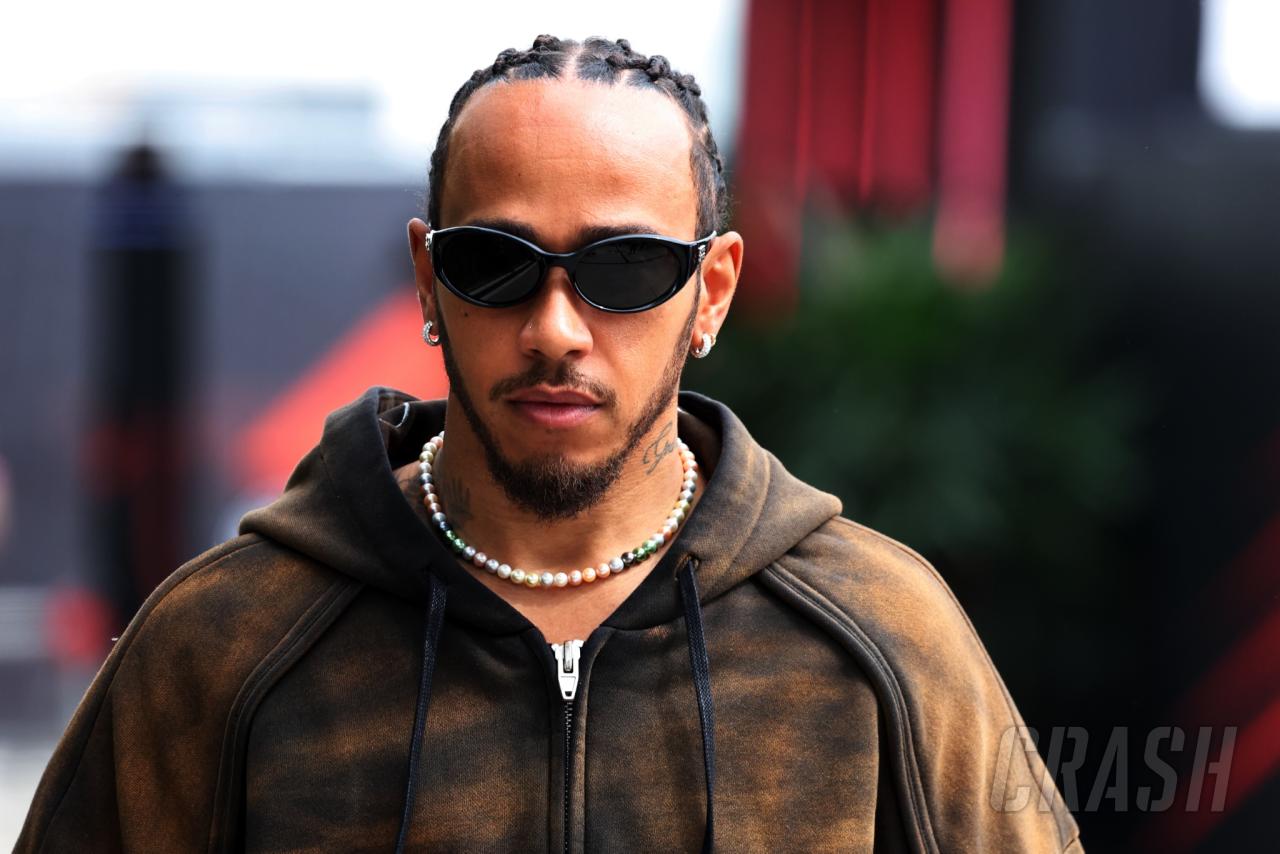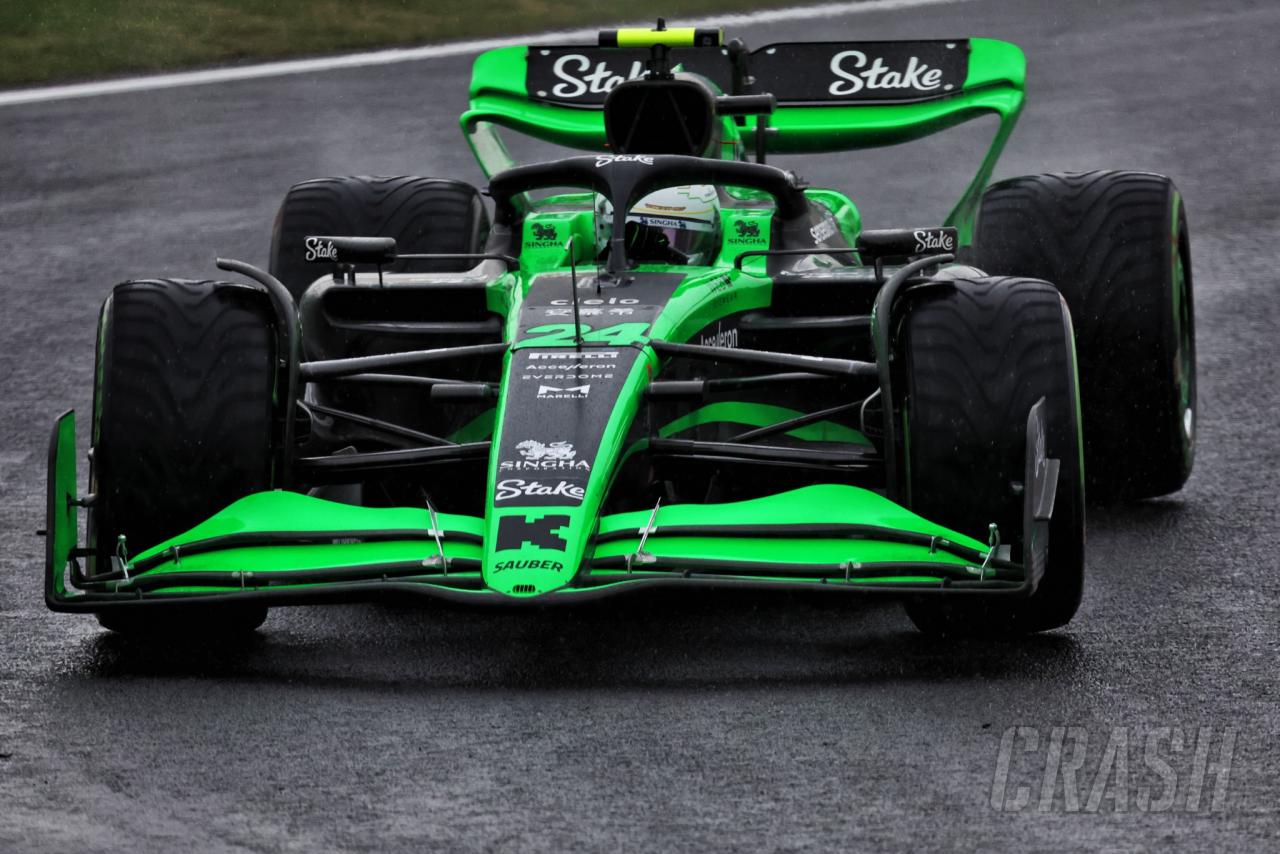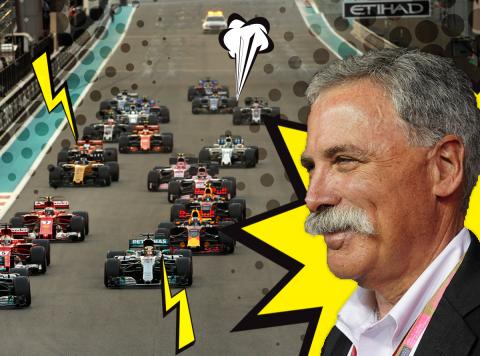
Why big changes in F1 are good for fans, brands and digital publishers
| . | . | . |
It feels like a long time ago that Formula 1 was just ‘on’ in the background over a weekend.
Followers did their best to glue themselves to the box (and back then it really was a box) and potential new fans stumbled across the petrol-fuelled madness while hopping across the four or five available channels, and were instantly hooked.
F1 drivers were household names in the 1990s and early noughties, in the same way footballers are now (alright, not quite the same – footballers receive an unreal and unprecedented level of coverage currently – but a lot closer).
Even if you hate football, and have never watched a match live or otherwise, it’s highly likely you know who Ronaldo, Messi, Rooney, and Neymar are, what they look like, and probably who they’re dating or married to, such is the media exposure they get.
Back then Ayrton Senna, Alain Prost, Nigel Mansell, and of course Michael Schumacher had similar household name presence.
Fast forward to 2012 and Sky was airing its first season of F1 coverage, with the BBC only having rights to also show half the races live.
By this time digital had exploded and the options for sports fans to view their favourite sports across a multitude of broadcast and online channels were huge.
Competition for eyeballs was fierce and with football and footballers leading the charge across social networks and media sites, F1 drivers and teams were restricted in what they could say, post and where they could appear.
Just because F1 was on TV, and even partly terrestrial TV, no longer meant people were actually going to watch it.
Seasoned fans who could justify the investment would pay the Sky subscription to watch every race live, while others would dip in and out of the BBC coverage. But with less ‘noise’ around F1’s achievements, narratives, and personalities, audiences were drawn to other more media-friendly sports.
In turn this meant fewer fans, column inches, and social coverage, diminishing F1’s sporting presence and putting its cast of drivers firmly in the shadow of football’s superstars, with Lewis Hamilton the only notable exception.
There was also a widespread perception that F1 became more boring too, with less overtaking.
But the statistics actually suggest that, if anything, F1 has become a more exciting sport with more overtaking as the years have passed.
The graph below from ClipApex shows that overtaking stayed largely static from 1995 to 2010 until a huge spike in 2011, following the change in tyre provider and the removal of refuelling, which encouraged teams to try different strategies.
Maybe then it was a case of out of sight … not really bothered anymore?
Perhaps people’s reaction to not being exposed to F1 as much was to dismiss it as dull, and think no more about it.
And as for potential new fans stumbling across F1, with so much more choice and competition out there fighting for the ‘stumblers’, the numbers finding F1 diminished.
Had the stories, moments, and drama been more widely accessible and received more extensive coverage and support across a wider mix of TV, websites, and social networks F1 may be held in much higher sporting regard by a larger majority of sports fans.
Enter Liberty Media.
When the US company bought F1 last January for a reported $8 billion, no one really new for sure how much change would follow, and that largely remains the case.
However, Liberty has revealed some of its hand. Proposed changes to the rules and regulations specifically associated to the cars and racing itself have been questioned by some of the teams.
None more notable than Ferrari which has threatened to quit the series altogether if it’s not happy with how things start to pan out. Mercedes having recently backed them up on this stance.
It’s so important the big teams stay in F1 if it’s to thrive, and hopefully a compromise can be found.
But what has largely been welcomed is the desire to help the sport achieve its great potential once again, and a media revolution is at the heart of its plans.
At a press conference to launch its new logo back in November last year F1’s commercial boss, Sean Bratches, said: “…we are trying to re-position Formula 1 from a purely motorsport company to a media and entertainment brand with the heart and soul of a race car driver in the middle of it.”
This sentiment was backed by Ellie Norman, brought on board by Liberty after five years at Virgin Media, where she instigated the famous Usain Bolt campaign, who said: “Pretty simply, the fans want to get back to racing and what racing means to fans, and that’s about the realness of it, the grittiness, the human element, and that kind of wheel-to-wheel racing.”
Since then, momentum has continued to gather.
F1 was the fastest-growing sport on social media last year as it started to play catch-up. Stringent restrictions on what teams can do on social platforms have been relaxed, and the amount of F1 video content being produced has skyrocketed.
And that’s just the beginning. F1 bosses are acutely aware they’re still a long way off their sporting competitors. Mercedes and Lewis Hamilton have 10m and 4m Facebook fans respectively compared with Real Madrid and Ronaldo’s pages which have 106m and 11.8m, for example.
Liberty have implied further huge social investment will happen this year, along with the introduction of an over the top streaming service, a new website and apps, which would include plenty of historic coverage as well as current season coverage, a broadcasting overhaul with new graphics, and a selection of post-race ‘live shows’ broadcast on Twitter. As part of its bid to modernise the sport, ‘grid girls’ have now become a thing of the past.
Bratches view is: “…every opportunity we can start to take elements of Formula 1 and racing at the grand prix up to a wider audience we are going to be activating and following. The primary reason for that is to build a long term, sustainable sport and that means reigniting passion with fans and bringing new fans into our sport.”
So what does that mean for us?
Well for the media, especially digital publishers, this is what we’ve been waiting for.
Prior to Liberty’s takeover filming restrictions were so strict and other digital media outlets were unable to take a camera anywhere near a circuit in the build up to or during a race weekend.
The folklore was a filming exclusion zone 5 km or 5 miles – a long way out at any rate – and for Monaco the restriction was, well Monaco. Yep, the entire city was off limits.
Liberty has already relaxed this law and reporters have been allowed to film pieces to camera outside of the iconic circuits, and the hope/dream is we’ll all be allowed inside some point soon.
Obviously not to film the actual race, but to cover the atmosphere and get interviews, pre and post-race, would make a massive difference.
With more video being produced, more content going on social media, and more access being given the product we’ll be able to produce as an F1 digital only publisher, will increase in quality and quantity tenfold.
This can only be a good thing for existing fans too. It will mean greater variety of content, more in-depth coverage and insight, and a bigger buzz around their sport.
It also means we’ll be able to rapidly grow our online audience, as will other digital publishers, which will in turn encourage us to invest more in content and social, significantly adding to F1’s overall fanbase growth.
And with a huge spotlight shining on Formula 1 this can only be good for brands keen to associate their products and services with F1 and connect with its audience.
’s F1 audience is largely made up of individuals who spend a lot in the automotive, travel, sport, entertainment and luxury sectors.
It’s a highly sought-after audience by advertisers both programmatically and direct, and with it set to increase in size dramatically that will give greater options for digital content and advertising campaigns, along with more competitive pricing, and better results.
It’s the ideal time to embed a brand within F1’s digital audience from the beginning, in order to grow with it and become firmly associated with the sport, and known to its fans old and new.
This is the crest of the wave for a new look Formula 1, and with the on-track battle for supremacy hotting up, 2018 is already promising to be a massive year for the sport.
For motorsport news follow TRmotosports on social media.
Facebook: https://www.facebook.com/TRmotosports
Twitter: https://twitter.com/TRmotosports
Instagram: https://instagram.com/trmotosports/
Linkedin: https://www.linkedin.com/company/trmotosports-com
